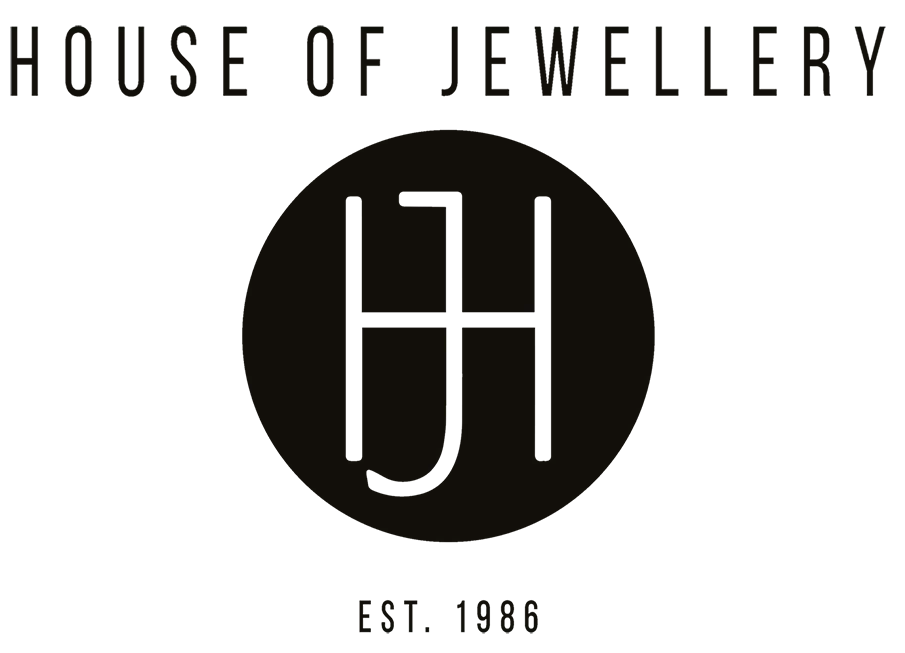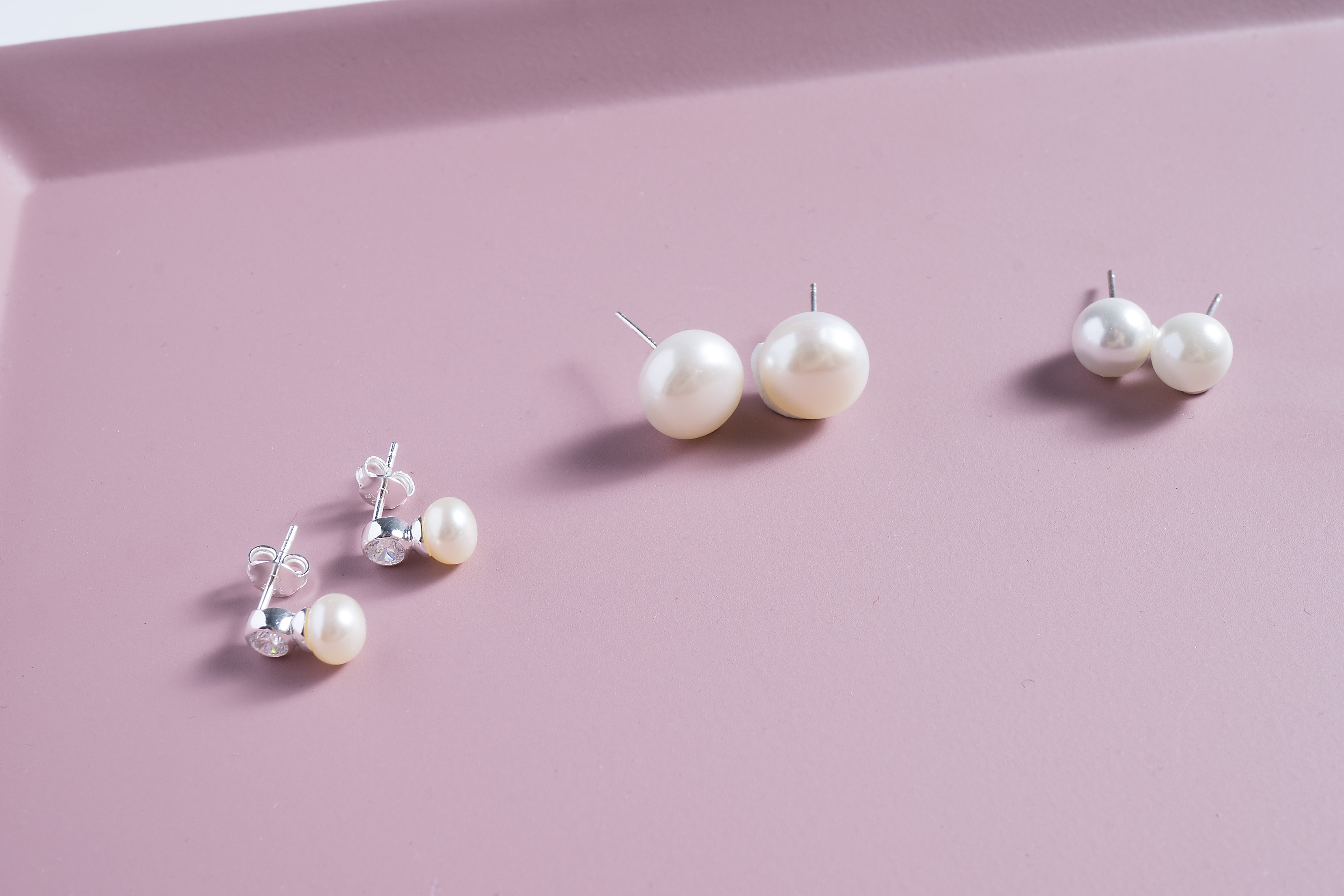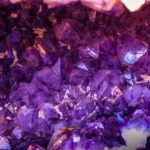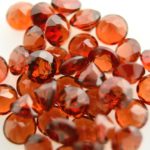June’s Birthstone is one of the most unique gems on the market. First off, much like snowflakes, no two natural pearls are alike, even if they’re from the same species of mollusc. Then, there’s the fact that they come in a variety of colours, shapes and sizes. Not to mention the story of how a single pearl has 500 years of history with humans! It goes to show just how fascinating pearls are.
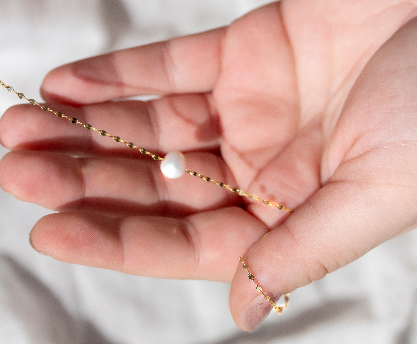
1. Pearls are the Only Gemstone to be Made by a Living Creature
That’s right! Other gemstones are found within the earth, but pearls are found inside oysters. Out of 10,000 oysters, only one will have a pearl that’s of value. Since most oceanic oysters can only grow a single pearl at a time, it makes them rarer and adds more value. It puts into perspective just how incredible June’s birthstone really is.

2. Oysters That Produce Pearls Change Gender
One of the most interesting facts his how oysters that create pearls are born male, but then transform to female around the age of three.

3. Creating Natural Pearls is a Process
The process begins when a grain of sand enters the shell of an oyster or mussel. A shiny white or blue substance called nacre is then released to protect the interior of the creature from the sand. Nacre repeatedly coats the sand until a pearl is finally formed. This process doesn’t happen overnight. It can take between two to seven years to grow naturally, compared to cultured pearls which can take as little as six months.
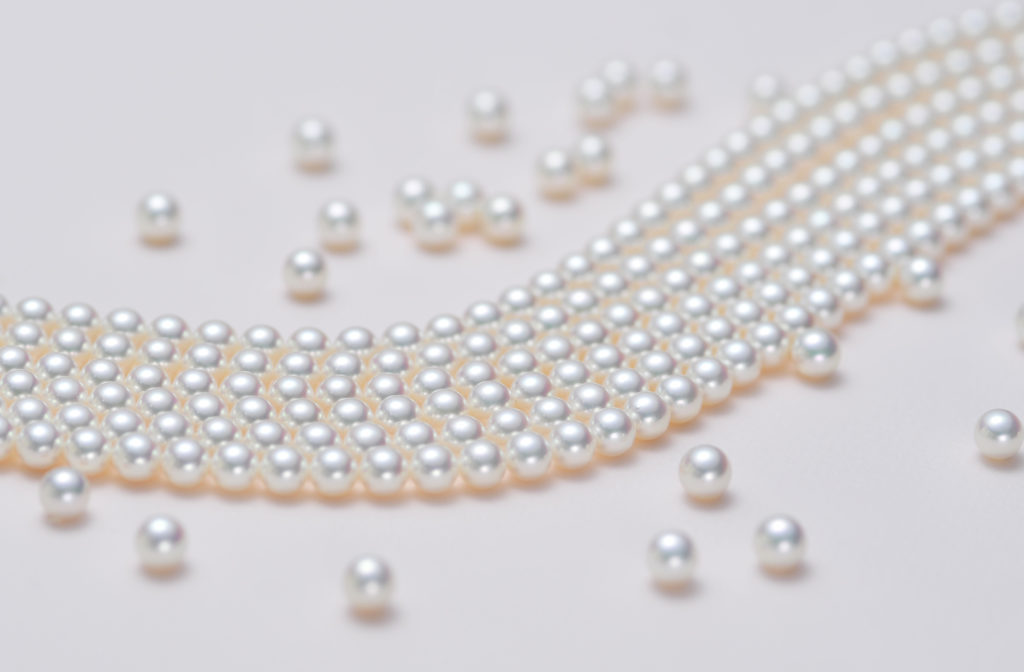
4. Sea Water Pearls Make Up Only 5% of the Weight of Pearl Production.
There are three major types: South Sea, Tahitian, and Akoya. While they may look similar, but they actually have very different characteristics depending on the breed of oyster.

5. The Other 95% are Freshwater Pearls
China produces a majority of these in pearl farms. The farms can range from the size of a pond to a massive lake, and sometimes they contain millions of mussels. Compared to oysters, mussels can produce more pearls – about 30 to 50 at a time. The high production rate makes them less valuable than their seawater counterparts.

6. What is Mother of Pearl?
Sometimes referred to as nacre, mother of pearl usually means the soft, iridescent coating on the shell of a mollusc. It’s shiny and sometimes reflects different colours depending on the light. Many use it while making pearl jewellery, so if you’re looking for a piece with June’s birthstone, it’s still considered the same material.

7. The First Cultured Pearl
In 1878, a man by the name of Kokichi Mikimoto made it his goal to artificially produce a pearl. He spent 18 years testing different methods before coming up with a successful solution in 1896. He patented his method of making cultured pearls, which became very popular. These pearls were less costly, so more people could afford them.
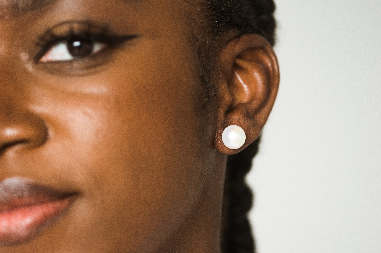
8. What Are Cultured Pearls?
First things first, cultured pearls aren’t imitation pearls. Cultured pearls are made in controlled environments, but are still produced in molluscs.
Generally, the farmer will use a substance many describe as an irritant that causes the mollusc to release nacre. The nacre coats the irritant until a pearl is formed into the desired shape, and later bleached or coloured, depending on what’s in demand. This may be something to consider when looking for a gift containing June’s birthstone considering that they’re still natural but not as expensive.
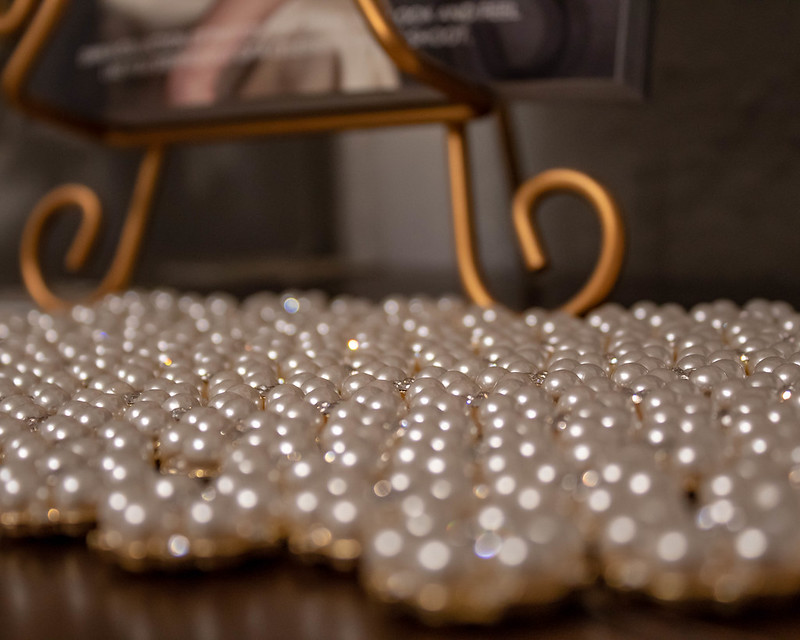
9. What is an Artificial Pearl Made of?
You may be wondering how artificial pearls are made if it isn’t cultured. Depending on the manufacturer you may get different answers, but usually fake or imitation pearls are made by dipping a glass bead in a liquid made from fish scales.
Usually, they can be identified because of their gritty texture. Many suggest running them along your teeth (although, it may not be the most hygienic way of testing). They’re also often easy to identify by their perfectly round shape. Most natural pearls aren’t exact circles.

10. Earliest Account of Pearls in Human History
It’s hard to tell exactly who wore pearls first, but there are some speculations about where to start.
Some say the oldest pearl jewellery was found in the sarcophagus of a Persian Princess who was alive in the early 500s B.C. Others say it was an ancient tribe in India who lived close to the sea, as stated in The Book of the Pearl by George Frederick Kunz.
Either way, pearls have been associate with human history for thousands of years, and probably will be for the rest of time.
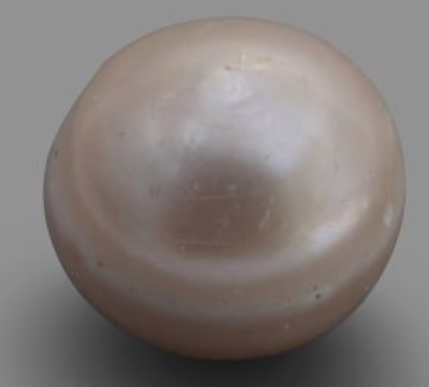
11. The Oldest Pearl
In 2019, archeologists discovered what they believed to be the oldest pearl in the world. Found on Marawah Island, it’s believed this gem dates back about 8,000 years to the Neolithic period, known as the last portion of the Stone Age.
Titled the Abu Dabi Pearl, this gem is a pink colour and is about 0.3cm in diameter.

12. The Largest Pearl
The largest and most expensive pearl in the world is the Giga Pearl. The gem was found in Palawan Island in 2006, during a fishing trip. It was found in a large clam, measuring about two feet long and about 75lbs. The founder of the pearl and took it home as a good luck charm, but didn’t announce his findings until ten years later, in 2016, when his house burned in a fire. The Giga Pearl miraculously survived, proving how lucky it truly is. It’s estimated to be worth $100 million.

13. Cleopatra Won a Bet Using a Pearl
That’s not a sentence you hear every day, is it? Someone using a gemstone to win a bet – especially in this story – is unusual.
Legend has it that Cleopatra made a bet with Marc Anthony claiming she could spend more money on a single meal. This was due to how lavishly Anthony was living his life and how Cleopatra wanted to prove her power.
During a not-so-expensive dinner, the Egyptian queen took off her earring and dropped what was believed to be the largest pearl in the world at the time, costing about 10,000,000 sesterces pearl (about $30 million today) in a glass of vinegar, dissolved it, and drank the whole glass. She was about to dismantle the matching earring but was stopped and declared the winner.
Many have thought this to be a myth, however, it’s been proven that vinegar can dissolve pearls, so there may be some truth to this story.
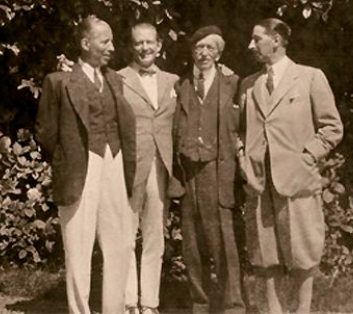
14. Jacques Cartier Bought Land with Pearls
You read that right! In 1917, Cartier traded a pearl necklace for the land where he would build his famous flagship store (supposedly with the help of an additional $100). The owner of the 5th Avenue property was a millionaire by the name of Morton F. Plant, and suggested the trade because his bride, Maisie Plant, was in love with the double-strand necklace.
This may sound bizarre today, but at the time, pearls were very high in demand. The building was worth $925,000, while the necklace was $1 million.

15. Le Peregrina
Elizabeth Taylor is known for her beauty, fame, and lavish jewellery collection. This includes her necklace that contains the famous Le Peregrina.
This history of the pearl goes back about 500 years. When the pearl was first discovered in the Gulf of Panama during the 16th century, it was believed to be the biggest in the world. The pear-shaped gemstone weighed about 11.2 grams before drilling and cleaning.
It has been mentioned in many historic texts and has been in possession by the Spanish Royal Family for about 200 years. King Philip II of Spain, Margaret of Austria, and Joseph Bonaparte are just a few people who had once owned the pearl.
The most amusing story, however, is when James Hamilton of England bought the pearl for his wife Lousia to wear on a necklace, she lost it twice due to how heavy it was. Once in a sofa and once at a ball.
Eventually, the pearl made it’s way to Richard Burton, who gave it to his wife, Elizabeth Taylor. Again, the pearl was temporarily missing in Burton’s Ceaser’s Palace suite, but was luckily found when Taylor caught her puppy chewing on it.
It’s unsure exactly where the pearl is now, however, it was last reported that the necklace containing La Peregrina was sold in an auction for about $10.5 million to an anonymous buyer.
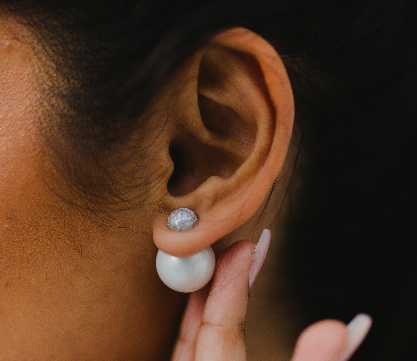
16. Not Just June’s Birthstone
Yes, pearls are known to be one of June’s birthstones, however, it’s also traditionally a give for both the third and 30th wedding anniversary.
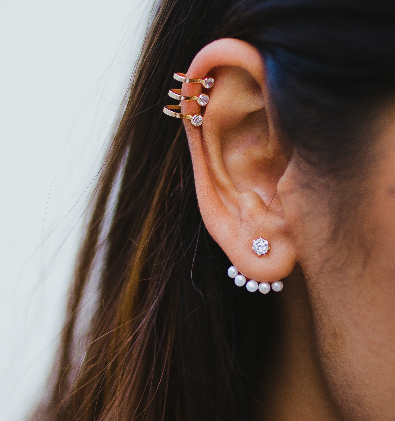
17. A Stone of Symbolism
Aside from fashion and glamour, pearls are symbols of love and purity. This may explain why so many women have worn pearls during their wedding, and associated them with being June’s birthstone.
